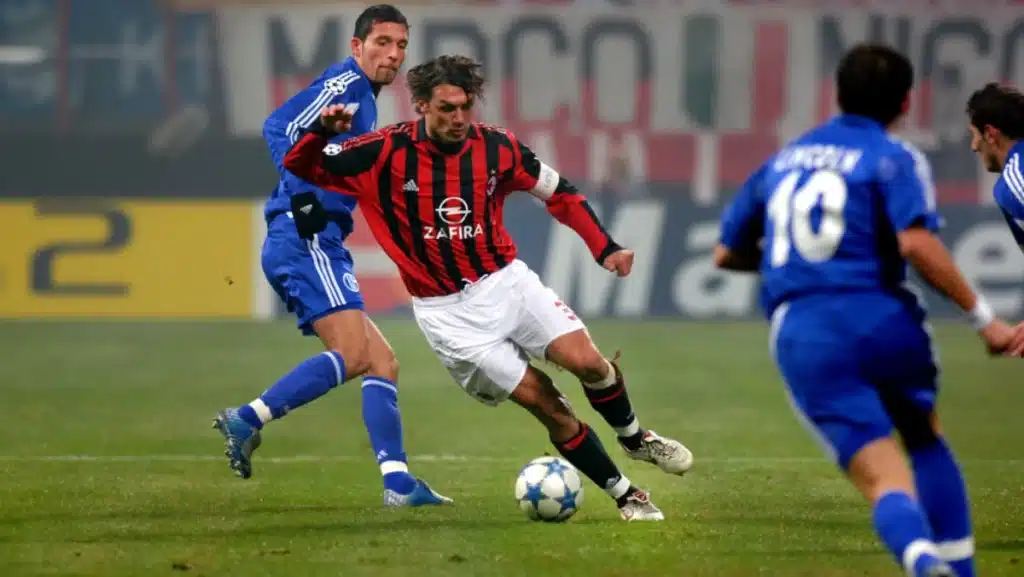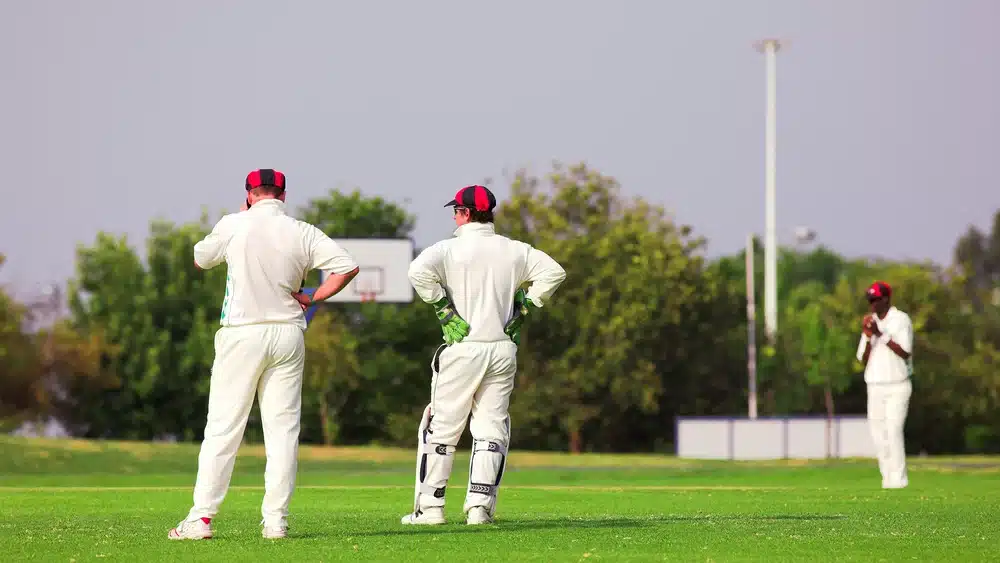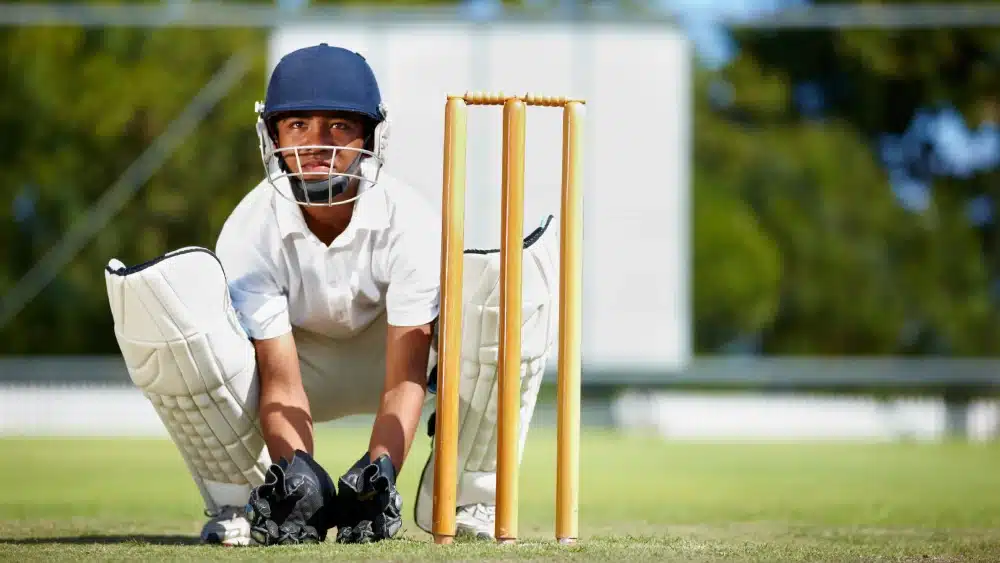More responsibilities: The best full-backs in football history

Through the years, the full-back position has evolved. Early in football history, it was primarily a defensive position. Now, it is one of the most dynamic roles in the sport, as you can see defensive and attacking acumen with full-backs.
Across football teams and their history, some players have stood out and remain iconic due to their performances at full-back. Here, we are looking at the best full-backs in football history, those who defined the position and set the golden standard.
What makes a top-tier full-back?
The greatest full-backs in history have never been limited to just stopping the rival winger. Instead, they go above and beyond to make an impact on the match. They combine many good qualities, from physical to mental. Here are the strengths you must see from a top full-back:
- Pace & stamina - Since full-backs are going up and down the pitch, they must have good pace, and they should be able to withstand playing the full 90 minutes while maintaining their energy. They will also need to endure a lot of physical contact as full-backs have to deal with skilful wingers all game.
- Defensive discipline - Any top-tier full-back must be strong enough to compete on the defensive side of the match. They must be able to keep up with the wingers and work with their fellow defenders.
- Crossing & final-third quality - Full-backs have a unique role when it comes to contributing to the offence. They must be able to overlap their wingers, so they can send in some crosses to the right zone for their teammates to put into the net.
- Work ethic - Since the responsibility of a full-back is quite heavy, a top full-back must do their best to improve behind the scenes. They must be working on their game and improving their physical traits to get the most out of every opportunity.
- Tactical adaptability - The best full-backs must be good enough to adapt to any system, so they can be effective. If they are good enough, they should be able to play at a high level for club and country.
A revolutionary: Cafu
Through the years, the quintessential Brazilian full-back has always been Cafu. He was Brazil’s captain during their 2002 World Cup win and was also a proven star in European football leagues. Cafu was mostly known for his key role with Brazil, but also delivered outstanding performances for Roma and AC Milan.
He was able to make an impact on the final third despite being a full-back. Cafu was always bombing forward, as he used his elite fitness and technical control with the ball. He was a nightmare matchup for wingers as he had the strength to overpower them, but he also had the skill to get past them in transitions.
Cafu was among the first modern full-backs to dominate the final third, and with his stamina and technique, most modern-day full-backs have modelled their style after what Cafu did during his career.
Defensive titan: Paolo Maldini
Football fans might remember Paolo Maldini for his time as a centre-back more since that was his primary role during the latter stages of his career. But he was mainly a left-back for most of his career. He was widely seen as the best in the world playing that role as he had all the qualities you would want in a defender.
Maldini was one of the most intelligent and elegant players the game has seen. He rarely resorted to reckless decisions, as he always found ways to defend without needing to slide in or lunge for the ball. His exceptional positioning was a key aspect in AC Milan’s five European Cups.
The Italian legend was not flashy, but he was effective. He showed that one player can dominate an entire side of the pitch by being in the right spots and defending without needing to be overtly physical. Opponents were well aware of this, so they always approached him with caution, knowing Maldini’s reputation for stopping them without much effort.
Unmatched success: Dani Alves
As the most successful full-back in domestic football due to his 40+ trophies, Dani Alves was the perfect example of a versatile right-back. His primary role for Barcelona was defending the right-hand side, but he was always willing to bomb forward to contribute to the attack. He was an excellent passer, especially with his crosses, which led to multiple goals.
Alves was a right-back who became a pseudo-midfielder at times when building up. It helped Barcelona control the possession, as he had the flair and ability to dribble and get past their opponents to help Lionel Messi on the right-hand side.
Power: Roberto Carlos
A full-back must have some explosive power in them to contribute, and that was Roberto Carlos to a tee. During his career as a left-back, Carlos was always known for his free kicks, but he was also a capable defender. He helped Brazil and Real Madrid to the pinnacle of competitions, as he combined speed, strength, and a fearless attitude to help.
He made the full-back role more enticing and showed how the position can be played, as some people had misconceptions about being a defender.
Modern-day great: Trent Alexander-Arnold
Under manager Jürgen Klopp, Trent Alexander-Arnold rapidly became a new kind of right-back. He was the primary playmaker for Liverpool, which helped him tally many assists throughout the years.
He has helped Liverpool win a Premier League title and a Champions League trophy. Even if he is not known as the best on the defensive side, Trent remains influential with his style, and he is still one of the best to ever play the position.
The selection of top full-backs shows that the position is filled with talented superstars. These players transformed the role, and their impact will only continue influencing the next generation of full-backs.













